Find Help
More Items From Ergsy search
-

HMO Mortgage Truths - how to get the best Finance option including Bridging Loan Criteria
Relevance: 100%
-
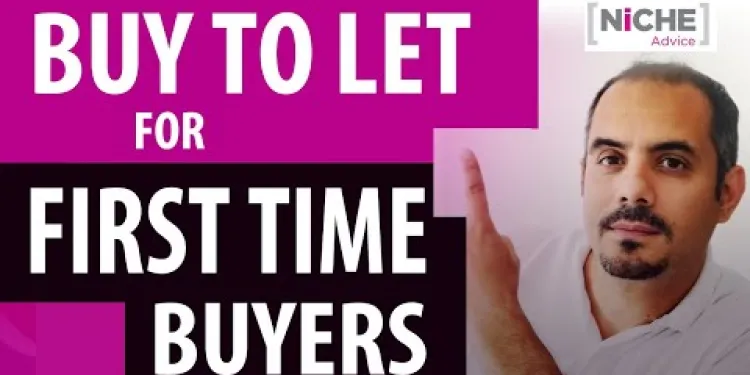
First Time Buyer Buy to Let Finance Options. Lending Criteria on Mortgage and Bridging Finance
Relevance: 69%
-

First Time Buyer Buy to Let Finance Options. Lending Criteria on Mortgage and Bridging Finance
Relevance: 68%
-
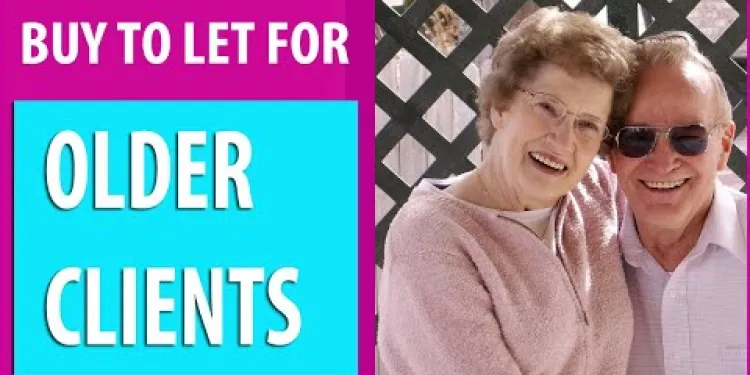
Uk Buy to Let for Older Clients - Mortgage Options Tips and Criteria
Relevance: 44%
-

Bridging Finance Dangers - Tips on common problems, risks and lending rules in the UK
Relevance: 44%
-

Mortgage on Inherited Property - How we can help you with the finance
Relevance: 31%
-

Can Stamp Duty be included in a mortgage in the UK?
Relevance: 29%
-
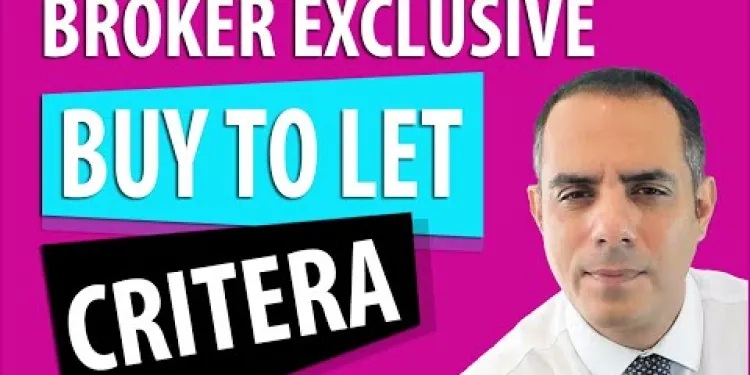
5 Broker Exclusive Buy to Let Mortgage Lenders you need to know about as a Landlord
Relevance: 28%
-
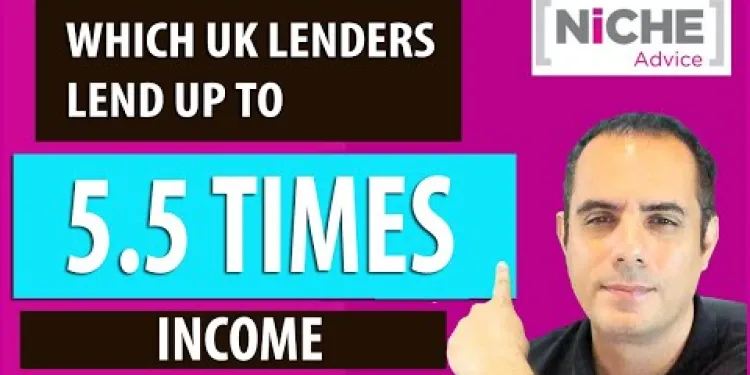
Highest Income Multiple Mortgage Lenders Revealed - Good and Bad Points
Relevance: 28%
-
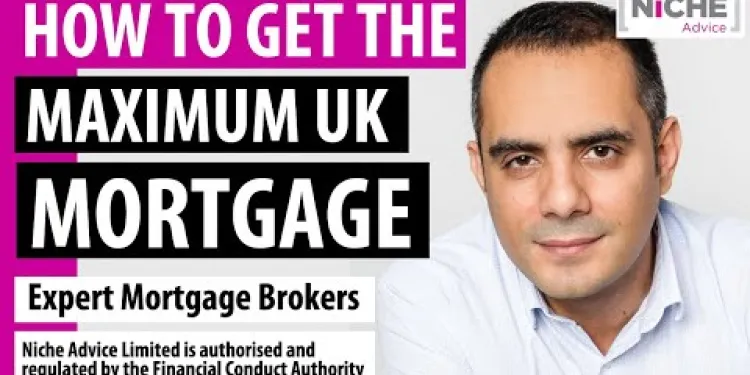
Getting the maximum mortgage in the UK
Relevance: 28%
-

What is an 'interest only' mortgage?
Relevance: 28%
-
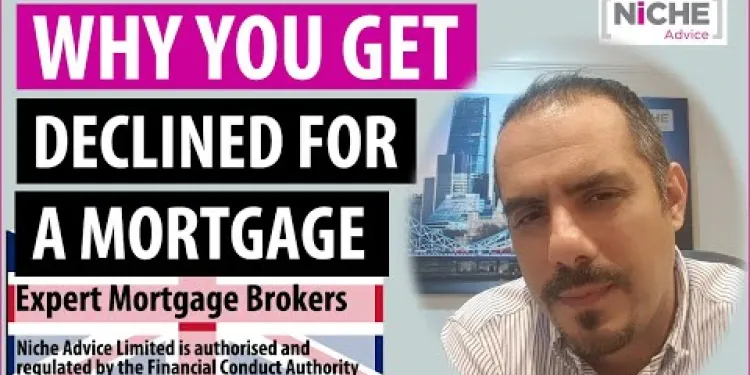
Mortgage Turned Down In The UK - Why mortgage applications are declined
Relevance: 28%
-

What should I do if I can't afford my mortgage payments due to rising interest rates?
Relevance: 27%
-
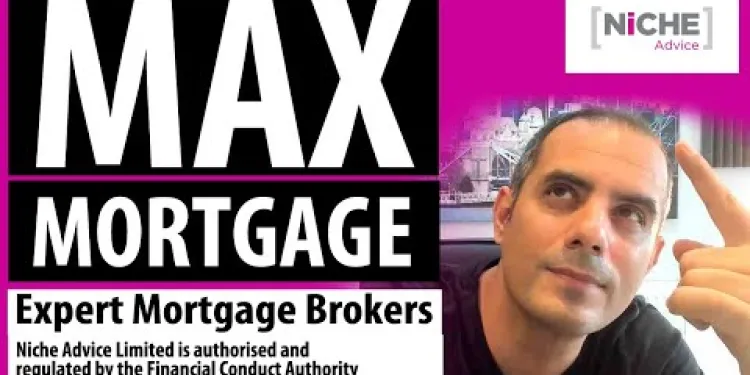
How much can I borrow for a mortgage UK - getting the Maximum Mortgage
Relevance: 26%
-

The Ultimate Buy-To-Let Mortgage Breakdown
Relevance: 26%
-
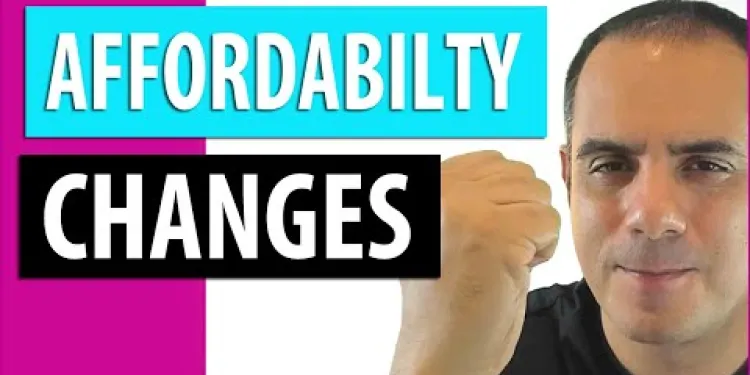
Mortgage Regulator removes the need for further affordability stress tests
Relevance: 26%
-

Will my fixed-rate mortgage payments change with interest rate fluctuations?
Relevance: 26%
-
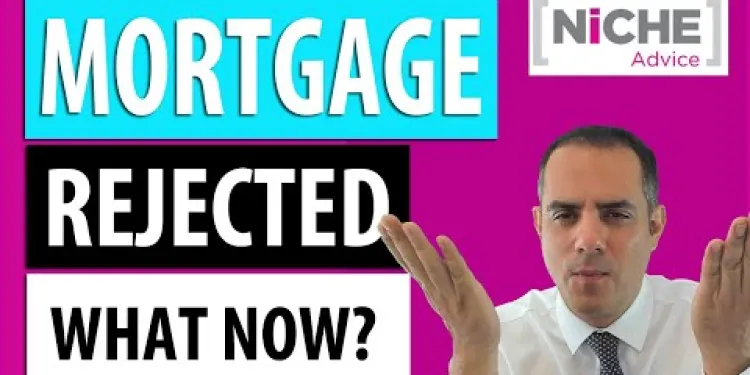
Turned down for a mortgage? Find out why and what to do
Relevance: 26%
-

Is it possible to switch my mortgage type if interest rates become unfavourable?
Relevance: 25%
-

Is there assistance available for rent or mortgage payments?
Relevance: 25%
-
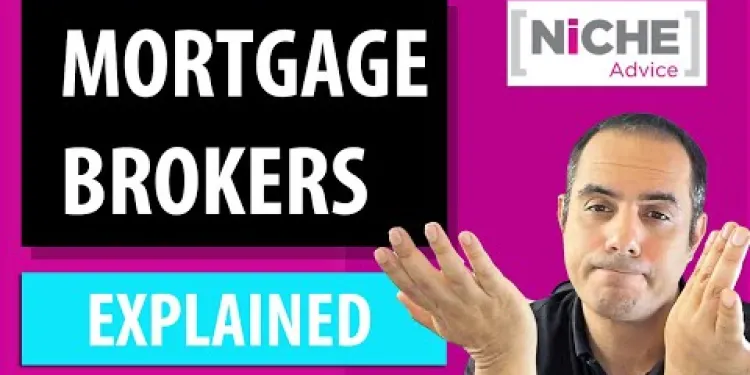
Selecting a Mortgage Broker - how they differ and what to watch out for
Relevance: 25%
-

Are there implications for student loan repayments with 2026 changes?
Relevance: 24%
-

What funding options are available for nursing students in the UK?
Relevance: 24%
-
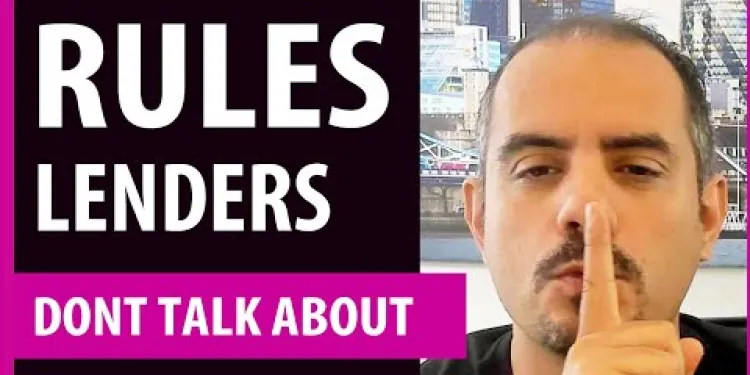
UK Mortgage Rules Lenders Don't Talk About - Debt To Income Ratio
Relevance: 24%
-

How do interest rate changes affect my mortgage payments?
Relevance: 24%
-
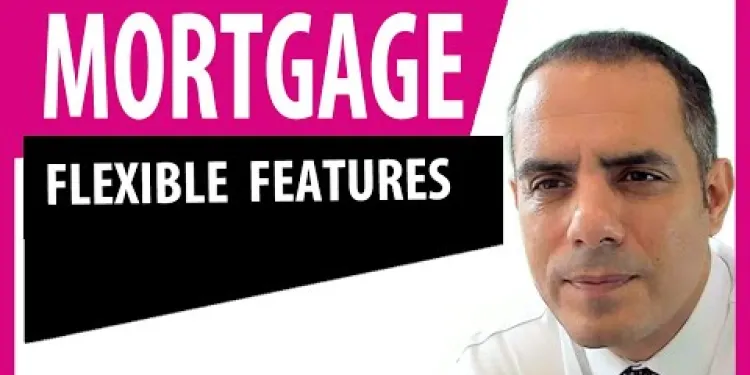
Mortgage Overpayment and Flexible Features Explained
Relevance: 23%
-

Can I get a Buy to Let Mortgage With My 18 Year Old Son
Relevance: 23%
-
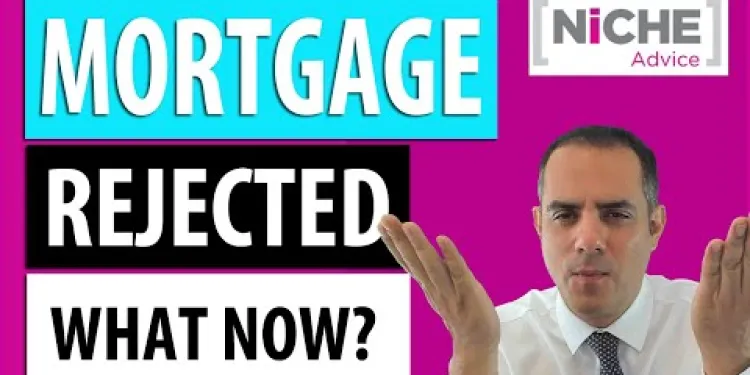
Turned down for a mortgage? Find out why and what to do
Relevance: 23%
-
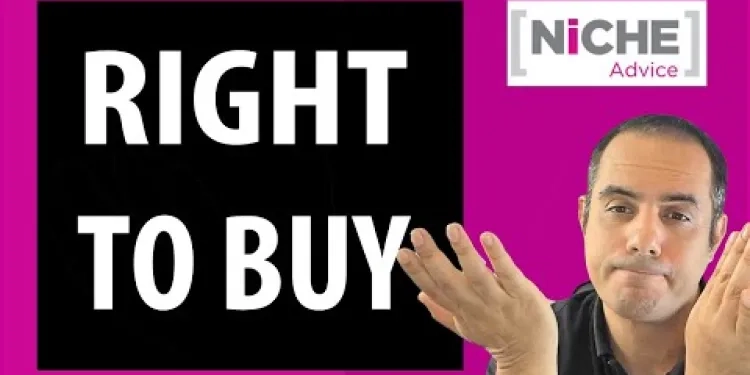
RIGHT TO BUY MORTGAGE - LET ME SAVE YOU TIME AND MONEY
Relevance: 23%
-

How does leasing compare financially to financing a car?
Relevance: 23%
-

Can I get a loan to cover funeral costs?
Relevance: 23%
-

Are there financial aids available for further education?
Relevance: 23%
-

Is the Warm Home Discount a loan?
Relevance: 23%
-

Are there specific eligibility criteria for PCP or HP agreements?
Relevance: 23%
-

UNDERSTANDING YOUR STUDENT LOAN: A GUIDE FOR ENGLISH STUDENTS STARTING AN UNDERGRADUATE COURSE 2023
Relevance: 22%
-
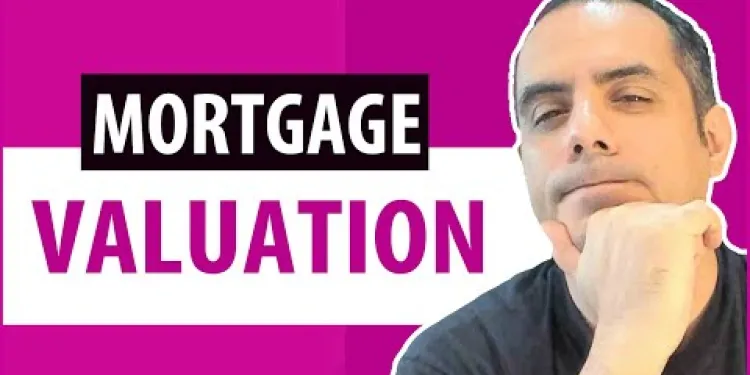
Can Mortgage lenders work from my own Survey Valuation Report?
Relevance: 22%
-
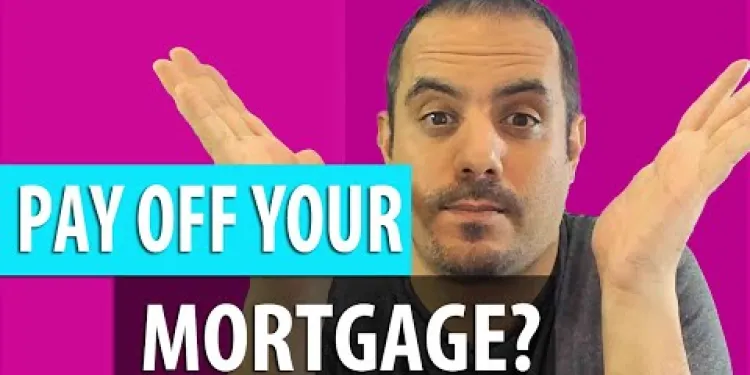
Should you Pay down your Residential Mortgage?
Relevance: 21%
-

Why people take out Secured Loans and why do some brokers charge so much
Relevance: 21%
-

How to Buy property with your children under the age of 18 and get Buy to Let Mortgage.
Relevance: 21%
-

What should I look for in my car finance agreement?
Relevance: 21%
HMO Mortgage Truths: Securing the Best Finance Options
Understanding HMO Mortgages
House in Multiple Occupation (HMO) mortgages are specialized loans designed for properties rented out to multiple tenants. In the UK, these mortgages have distinct criteria compared to standard buy-to-let options due to the increased complexity and management involved. Interest rates for HMO mortgages can be higher, but they can generate more rental income than single dwelling properties. It's crucial to conduct comprehensive research and compare offers from various lenders to secure the best finance deals.
Qualifying for an HMO Mortgage
To qualify for an HMO mortgage in the UK, lenders typically require a robust rental income projection that demonstrates the property's potential to cover mortgage repayments. Lenders often demand a minimum 25% deposit and impose criteria focusing on the landlord's prior experience in property management. Furthermore, some lenders require that the property holds or is eligible for necessary HMO licensing. Providing a comprehensive business plan can enhance your application’s viability.
Exploring Bridging Loans for HMO Investments
Bridging loans can serve as a short-term financing solution for HMO investments, assisting with property purchases or renovations prior to securing a traditional HMO mortgage. These loans are especially beneficial when rapid purchases are necessary or when properties require refurbishment to meet letting standards. Bridging finance typically lasts up to 12 months, with significant interest rates due to the short-term nature and risk. Lenders will evaluate the exit strategy for repaying the loan, often stipulating loan-to-value (LTV) ratio limits, usually capped at 75%.
Tips for Securing the Best Finance Options
Securing the best financial terms for your HMO property often involves working with a mortgage broker who specializes in these types of loans. A broker can provide access to exclusive deals and lenders not directly available to the public. Additionally, it’s prudent to maintain a strong credit score and build a fiscal history that highlights successful property management. Focus on developing a thorough understanding of the HMO market and presenting a solid investment strategy to potential lenders. Regularly update your portfolio’s performance to reflect its profitability and compliance with regulatory changes. Make use of comparison tools and expert guidance to navigate the complexities of HMO financing and optimize your investment returns.
HMO Mortgage Truths: Getting the Best Loans
What is an HMO Mortgage?
An HMO stands for House in Multiple Occupation. An HMO mortgage is a special loan. It is for homes that are rented to many people. In the UK, these loans are different from normal ones. They are more complicated. Also, interest rates can be higher. But these homes can make more money than renting to one family. Research different lenders carefully to find the best loan deals.
How to Get an HMO Mortgage
To get an HMO mortgage in the UK, you need to show that the home can make enough rent money to pay back the loan. Lenders usually ask for at least 25% deposit. They also want to know you have experience as a landlord. Some lenders require the home to have or to get an HMO license. A good business plan can help your application.
Using Bridging Loans for HMO Homes
Bridging loans are short-term loans. They help you buy or fix a home before you get a regular HMO loan. These loans are useful when you need to buy fast or repair the home to rent. These loans usually last up to 12 months and have high interest rates. Lenders also check how you plan to repay the loan. Usually, you can borrow up to 75% of the home’s value.
How to Get the Best Loan Deals
To get the best loan for your HMO property, work with a mortgage broker. Brokers know about special deals and lenders. Keep a good credit score and show good management of your properties. Understand the HMO market well and have a good plan for your investment. Keep updating how well your properties are doing and make sure they follow rules. Use comparison tools and get expert help to find the best HMO financing and get the most from your investment.
Frequently Asked Questions
What is an HMO mortgage?
An HMO (House in Multiple Occupation) mortgage is a type of loan designed for landlords who wish to let their property to three or more tenants from different households. An HMO mortgage typically requires a higher deposit and has stricter lending criteria than a standard buy-to-let mortgage.
How does a bridging loan work for property purchases?
A bridging loan is a short-term loan used to 'bridge' the gap between the purchase of a new property and the sale of an existing one. They are typically used to secure a property quickly, providing short-term finance while arranging a more permanent financing option. In the UK, bridging loans usually range from a few months to a year.
What are the criteria for obtaining an HMO mortgage?
To obtain an HMO mortgage in the UK, lenders typically require proof of rental income potential, a detailed management plan, experience in property letting or management, a sizable deposit (often around 20-40%), and a relatively high credit score. The property will also need to meet specific safety and licensing standards.
Can I convert a standard buy-to-let mortgage to an HMO mortgage?
Yes, it is possible to convert a standard buy-to-let mortgage to an HMO mortgage. However, this will require approval from your current lender and may involve additional fees and a reassessment of your property's rental income potential and compliance with HMO regulations.
What factors affect the interest rates on HMO mortgages?
Interest rates on HMO mortgages can be affected by factors such as the lender's assessment of risk, the borrower's creditworthiness, the property's location and rental potential, and the overall loan-to-value ratio (LTV).
Is a bridging loan right for buying an HMO property?
A bridging loan can be suitable for purchasing an HMO property if you need to secure the property quickly before arranging longer-term financing. However, due to typically higher interest rates and fees, bridging loans are best suited for short-term financing needs.
How do I determine the rental yield for an HMO property?
The rental yield for an HMO property can be calculated by dividing the annual rental income by the property's purchase price, then multiplying by 100 to get a percentage. This figure helps assess the property's profitability.
What is the difference between an HMO and a standard rental property?
An HMO is typically a property rented by at least three tenants not forming a single household, sharing facilities such as a kitchen or bathroom. In contrast, a standard rental property might be rented by a single family or a household.
Can I get an HMO mortgage with no landlord experience?
While having landlord experience is advantageous when applying for an HMO mortgage, some lenders may consider applications from first-time landlords if the borrower can demonstrate good financial stability and offers a strong management plan.
What is a 'stress test' in HMO mortgage applications?
A 'stress test' in HMO mortgage applications is a financial assessment conducted by lenders to evaluate the borrower's ability to afford the mortgage repayments under different interest rate conditions. They will assess rental income versus potential increases in interest rates.
What are the benefits of investing in HMO properties?
Investing in HMO properties can lead to higher rental income compared to standard buy-to-let properties and can also provide diversified tenant income streams, potentially reducing the risk of rental void periods.
Is it possible to refinance an existing HMO mortgage?
Yes, it is possible to refinance an existing HMO mortgage, potentially to take advantage of lower interest rates, release equity, or consolidate debt. Refinancing would involve a new appraisal of the property's value and rental income potential.
What regulatory requirements must HMOs meet?
In the UK, HMOs must meet specific regulatory requirements, including adherence to safety standards (such as fire safety), obtaining the necessary licenses, and ensuring facilities meet space and amenity requirements for tenants.
Are there any tax implications for owning an HMO?
Yes, owning an HMO can have tax implications including income tax on rental income, potential council tax obligations under certain tenancy arrangements, and implications for capital gains tax upon selling the property.
How can I find the best HMO mortgage lender?
Finding the best HMO mortgage lender involves comparing various lenders' interest rates, fees, and lending criteria. Working with a mortgage broker who specializes in HMO mortgages can help identify suitable lenders and negotiate favorable terms.
What is an HMO mortgage?
An HMO mortgage is a type of loan. It helps you buy a house with many rooms. You rent these rooms to different people. This is called a "House in Multiple Occupation" (HMO).
To understand better, you can:
- Use pictures to help explain what it is.
- Ask someone to read it with you.
- Use a dictionary to check any words you find hard.
An HMO mortgage is a special loan for landlords. It is for renting out a house to three or more people who are not in the same family. You usually need more money upfront for this loan. The rules to get this loan are stricter than the rules for a regular landlord loan.
How do bridging loans work when buying a home?
A bridging loan is a short-term loan. It's used to help you buy a new home while you are waiting to sell your old one. This loan helps you get money quickly. It is a temporary loan until you find a long-term way to pay for the new home. In the UK, bridging loans usually last from a few months to a year.
What do you need to get an HMO mortgage?
If you want a loan to buy an HMO (House in Multiple Occupation) in the UK, here's what you might need:
- Show that you can make money from renting it out.
- Have a clear plan for how you will look after the property and the people living there.
- Know how to rent out and manage properties.
- Have a large deposit ready, usually 20-40% of the price.
- Have a good credit score, which means you have borrowed money in the past and paid it back on time.
- Make sure the house is safe and has the right licenses.
Here are some tips to help you:
- Use a calculator to see how much you can afford to borrow.
- Talk to a mortgage advisor for advice.
Can I change my buy-to-let mortgage to an HMO mortgage?
A buy-to-let mortgage is a loan to buy a house you rent out.
An HMO mortgage is for a house with many rooms you rent out to different people.
If you want to change your standard buy-to-let mortgage to an HMO mortgage, you need to talk to your bank or lender.
They will tell you what steps to take and any rules you need to follow.
It can help to use simple language tools like text-to-speech apps to better understand the information.
Yes, you can change a normal buy-to-let mortgage to an HMO mortgage. But, you need to ask your lender first. They might charge extra fees. They also need to check if your property can make enough money and follow HMO rules.
Here are some tips that might help:
- Ask for help from a mortgage advisor. They can give you good advice.
- Make sure your property follows the HMO rules. A checklist might help.
- Use tools or apps to keep track of all the rules and things you need to do.
These steps can make the process easier and support you in managing your HMO property.
What things change HMO mortgage interest rates?
Interest rates on HMO mortgages can change because of different reasons. These include:
- How risky the lender thinks the loan is
- If the borrower has a good credit score
- Where the property is and how much rent it can make
- The overall loan-to-value ratio, which means the loan amount compared to the property's value
To understand this better, you can use tools or ask for help from someone who knows about mortgages.
Is a Bridging Loan Good for Buying a House with Multiple Rooms?
A bridging loan is a short-term loan. It can help you buy a house before you sell another one.
Think about these things:
- Do you need money fast?
- Can you repay the loan quickly?
- Is there a plan in place for paying it back?
Get help from a money expert. They can explain more. Use a calculator to see monthly payments. This will help to make good choices.
A bridging loan can help you buy an HMO property fast. It's useful when you need money quickly before you get a long-term loan. But remember, bridging loans can have high costs and interest. They are best for short-term money needs.
How can I find out the money I make from renting an HMO house?
You can find out how much money you might make from renting an HMO property.
First, add up all the rent you get in a year.
Next, divide that number by how much you paid for the property.
Then, multiply the answer by 100. This gives you a percentage.
This percentage tells you if the property will make good money.
To help, try using a calculator. You can also ask someone you trust for help.
How is an HMO different from a regular rental home?
There are two types of rental homes you can live in: an HMO and a regular rental home. Here is what they mean:
HMO: HMO stands for "House in Multiple Occupation." This means that you share the home with other people who pay rent. It's like living with roommates. Each person usually has their own bedroom, but you share the kitchen, bathroom, or other living areas.
Regular Rental Home: In a regular rental home, you usually rent the whole place. You might live there with your family, or you might live there alone. All the rooms are for you and the people you live with, and you don't have to share with other renters.
Some helpful tools:
- A reading buddy: A friend or family member can help you read and understand the words.
- Highlighters: Use them to mark important words that help you understand better.
- Dictionary: Look up any words you don't know to find out what they mean.
An HMO is a kind of house where at least three people live together. They are not all part of one family. They share things like the kitchen or the bathroom. A normal rental home is usually for one family or household to rent.
Can I get an HMO mortgage if I have never been a landlord before?
If you've never been a landlord and want an HMO mortgage, here are some tips:
- Research Lenders: Look for lenders who help first-time landlords.
- Get Advice: Talk to a mortgage advisor. They can help you know what to do.
- Build a Good Plan: Show that you have a good plan for renting your HMO.
These steps can help you get started even if you have no experience.
If you want a special kind of loan to rent out your house to more than one person, it's helpful if you have rented a place to people before. But, some banks might still give you the loan, even if it's your first time, if you can show you have enough money and a good plan to take care of the house.
What is a 'stress test' for HMO mortgage applications?
A 'stress test' checks if you can pay back a mortgage when things change. It makes sure you can still pay if interest rates go up.
For help, you can:
- Talk to a bank worker
- Use a calculator on bank websites
- Ask a mortgage advisor
A 'stress test' is a check used when people apply for a special type of loan called an HMO mortgage. Lenders use this check to see if the person can pay back the loan even if interest rates go up. They look at how much money the person will earn from renting out the property and compare it to possible higher loan payments.
Why is it good to put money into HMO homes?
Buying and renting out HMO homes can help you earn more money than renting out a regular home. HMO stands for House in Multiple Occupation. You can rent rooms to different people. This means you get money from different renters, so if one person leaves, you still get money from the others.
To help you understand more about HMOs, you can use videos or get advice from people who know a lot about property renting.
Can you get a new loan to replace an old HMO mortgage?
Yes, you can. This is called refinancing. You get a new loan to pay off the old loan.
Here are some tools and tips to help you understand:
- Speak to a mortgage advisor. They can help explain things.
- Use online calculators. They show how much you can save.
- Ask someone to read this with you. Two heads are better than one!
Yes, you can change your HMO loan to a new one. This might help you get better interest rates, take out extra money, or put your debts together. To do this, someone will check how much your property is worth and how much money it can make from rent.
What rules do HMOs have to follow?
In the UK, places where many people live together, like shared houses, have to follow special rules. They need to be safe from fires, get the right permissions to let people live there, and make sure there is enough space and things like kitchens and bathrooms for everyone.
Do you have to pay tax if you own an HMO?
If you own an HMO, you might need to pay tax.
HMO means House in Multiple Occupation. This is a home rented out to many people.
Here are some tips to help you understand:
- Get help from a tax expert. They can tell you what you need to do.
- Use simple books about tax. They will explain things in easy words.
- Find online tools. These can help you learn more about paying tax.
Yes, owning an HMO (House in Multiple Occupation) can affect your taxes. You might have to pay:
- Income tax on the money you make from renting out rooms.
- Council tax, depending on how the property is rented out.
- Capital gains tax if you sell the property and make a profit.
If you're not sure, you can use tools like tax calculators online to help understand what you might need to pay. It's also a good idea to talk to someone who knows about taxes, like a tax advisor.
How can I find the best HMO mortgage lender?
Do you want to get the best mortgage for an HMO (House in Multiple Occupation)? Here are some steps to help you:
- Research: Look up different banks and companies that offer HMO mortgages.
- Ask for Advice: Talk to an expert or a mortgage adviser. They can give you good tips.
- Compare Deals: Look at different mortgage deals. See which one is best for you.
- Check the Details: Make sure you understand the terms and conditions of the mortgage.
Extra help tools:
- Use the internet to find reviews about lenders.
- Ask friends or family if they know good lenders.
To find a good HMO mortgage lender, you need to look at the interest rates, fees, and rules from different lenders. A mortgage broker who knows about HMO mortgages can help you find the right lenders and get good deals.
Useful Links
- Ergsy carfully checks the information in the videos we provide here.
- Videos shown by Youtube after a video has completed, have NOT been reviewed by ERGSY.
- To view, click the arrow in centre of video.
- Most of the videos you find here will have subtitles and/or closed captions available.
- You may need to turn these on, and choose your preferred language.
- Go to the video you'd like to watch.
- If closed captions (CC) are available, settings will be visible on the bottom right of the video player.
- To turn on Captions, click settings .
- To turn off Captions, click settings again.
More Items From Ergsy search
-

HMO Mortgage Truths - how to get the best Finance option including Bridging Loan Criteria
Relevance: 100%
-

First Time Buyer Buy to Let Finance Options. Lending Criteria on Mortgage and Bridging Finance
Relevance: 69%
-

First Time Buyer Buy to Let Finance Options. Lending Criteria on Mortgage and Bridging Finance
Relevance: 68%
-

Uk Buy to Let for Older Clients - Mortgage Options Tips and Criteria
Relevance: 44%
-

Bridging Finance Dangers - Tips on common problems, risks and lending rules in the UK
Relevance: 44%
-

Mortgage on Inherited Property - How we can help you with the finance
Relevance: 31%
-

Can Stamp Duty be included in a mortgage in the UK?
Relevance: 29%
-

5 Broker Exclusive Buy to Let Mortgage Lenders you need to know about as a Landlord
Relevance: 28%
-

Highest Income Multiple Mortgage Lenders Revealed - Good and Bad Points
Relevance: 28%
-

Getting the maximum mortgage in the UK
Relevance: 28%
-

What is an 'interest only' mortgage?
Relevance: 28%
-

Mortgage Turned Down In The UK - Why mortgage applications are declined
Relevance: 28%
-

What should I do if I can't afford my mortgage payments due to rising interest rates?
Relevance: 27%
-

How much can I borrow for a mortgage UK - getting the Maximum Mortgage
Relevance: 26%
-

The Ultimate Buy-To-Let Mortgage Breakdown
Relevance: 26%
-

Mortgage Regulator removes the need for further affordability stress tests
Relevance: 26%
-

Will my fixed-rate mortgage payments change with interest rate fluctuations?
Relevance: 26%
-

Turned down for a mortgage? Find out why and what to do
Relevance: 26%
-

Is it possible to switch my mortgage type if interest rates become unfavourable?
Relevance: 25%
-

Is there assistance available for rent or mortgage payments?
Relevance: 25%
-

Selecting a Mortgage Broker - how they differ and what to watch out for
Relevance: 25%
-

Are there implications for student loan repayments with 2026 changes?
Relevance: 24%
-

What funding options are available for nursing students in the UK?
Relevance: 24%
-

UK Mortgage Rules Lenders Don't Talk About - Debt To Income Ratio
Relevance: 24%
-

How do interest rate changes affect my mortgage payments?
Relevance: 24%
-

Mortgage Overpayment and Flexible Features Explained
Relevance: 23%
-

Can I get a Buy to Let Mortgage With My 18 Year Old Son
Relevance: 23%
-

Turned down for a mortgage? Find out why and what to do
Relevance: 23%
-

RIGHT TO BUY MORTGAGE - LET ME SAVE YOU TIME AND MONEY
Relevance: 23%
-

How does leasing compare financially to financing a car?
Relevance: 23%
-

Can I get a loan to cover funeral costs?
Relevance: 23%
-

Are there financial aids available for further education?
Relevance: 23%
-

Is the Warm Home Discount a loan?
Relevance: 23%
-

Are there specific eligibility criteria for PCP or HP agreements?
Relevance: 23%
-

UNDERSTANDING YOUR STUDENT LOAN: A GUIDE FOR ENGLISH STUDENTS STARTING AN UNDERGRADUATE COURSE 2023
Relevance: 22%
-

Can Mortgage lenders work from my own Survey Valuation Report?
Relevance: 22%
-

Should you Pay down your Residential Mortgage?
Relevance: 21%
-

Why people take out Secured Loans and why do some brokers charge so much
Relevance: 21%
-

How to Buy property with your children under the age of 18 and get Buy to Let Mortgage.
Relevance: 21%
-

What should I look for in my car finance agreement?
Relevance: 21%


